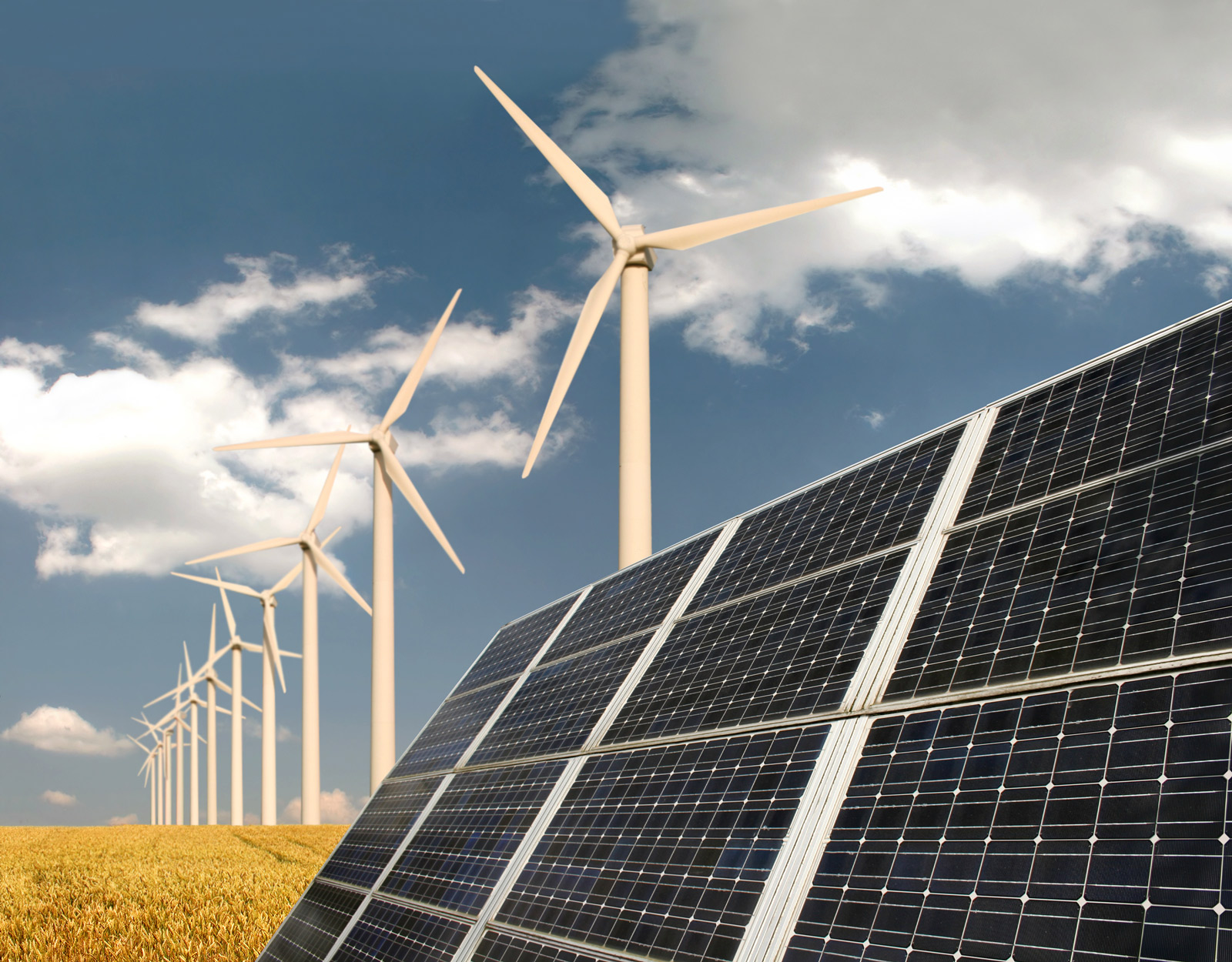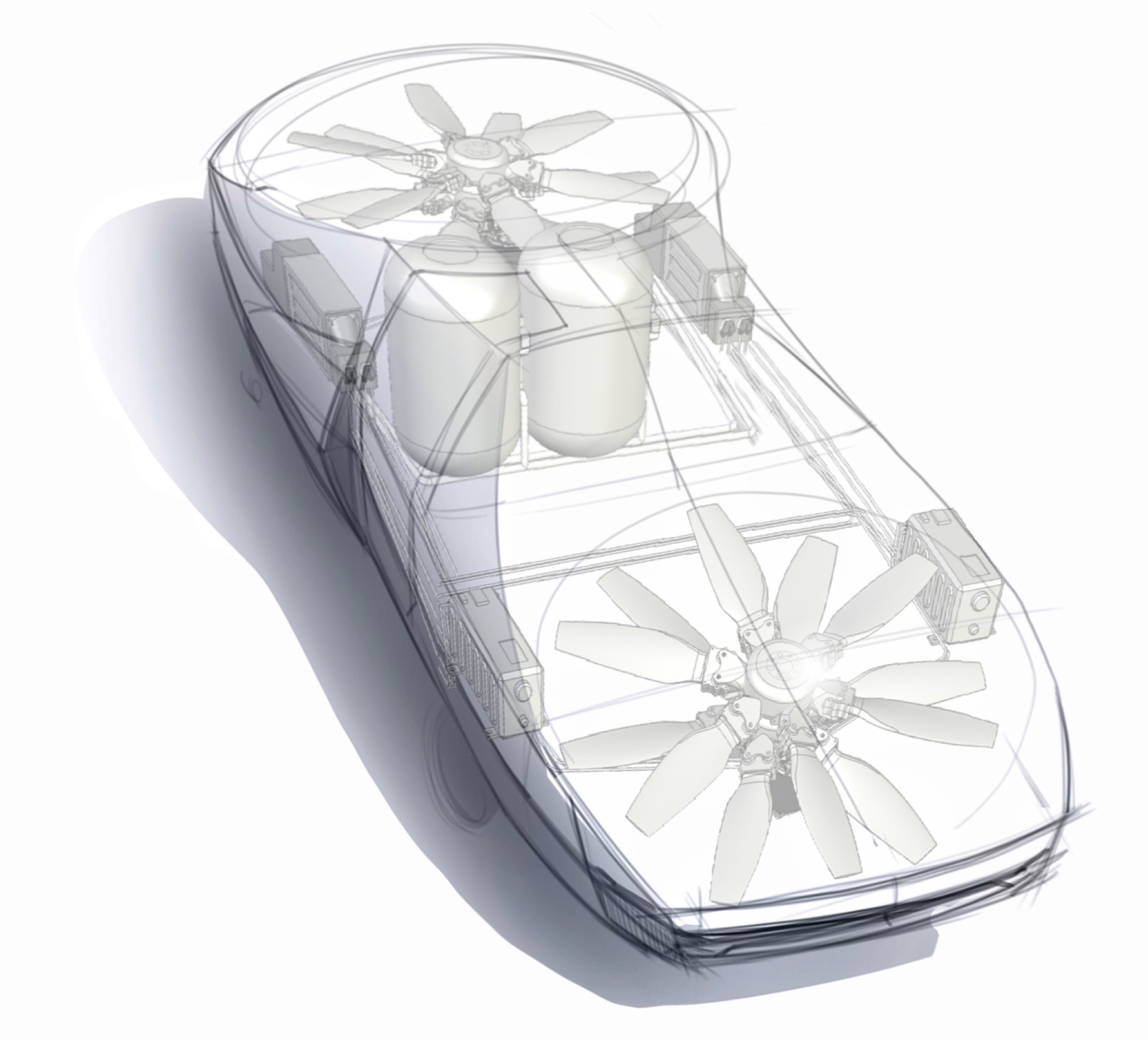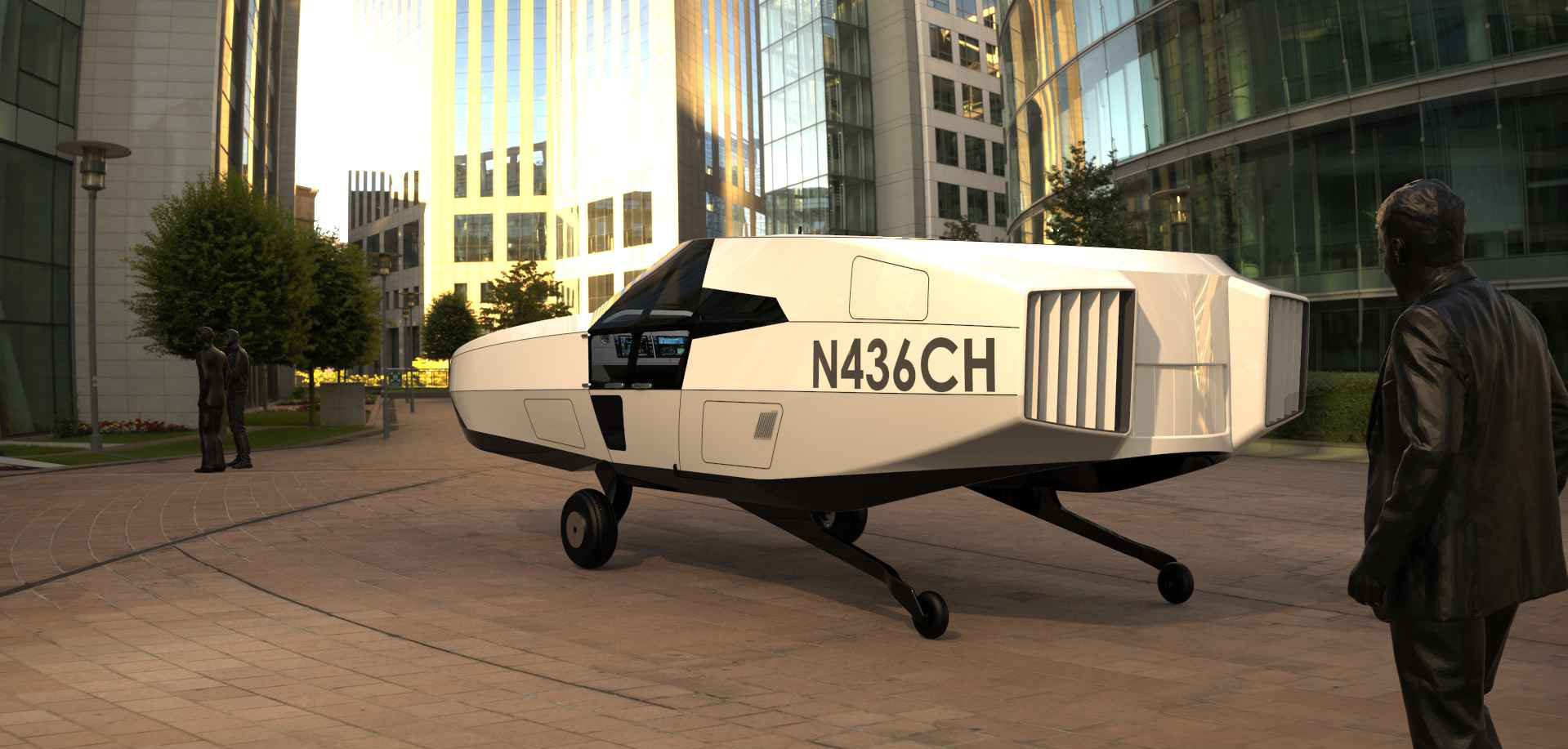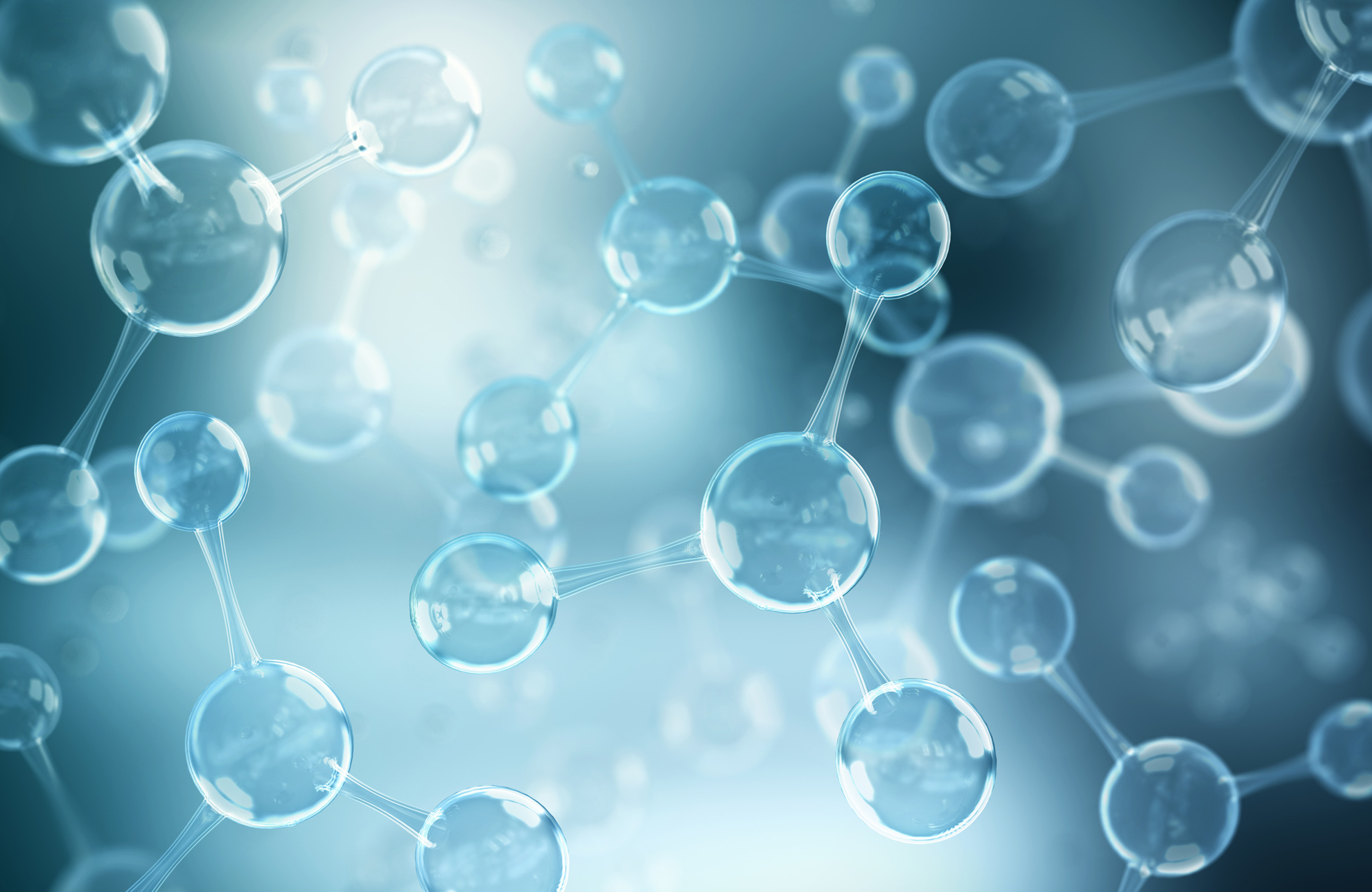tomorrow’s
flying car
Today’s Fancraft™️ are designed to utilize hybrid propulsion. Tomorrow’s Fancraft™️ will run on hydrogen. Why not batteries? Because today’s batteries are too heavy to power a compact, high occupancy aircraft. Why compromise the performance that’s required to make a commercially viable aircraft by committing to today’s energy technology when it will soon be obsolete?
Today’s innovation needs to anticipate tomorrow’s technology in order to optimize it’s potential. Fancraft™️ are designed in order to accomodate evolving technologies ranging from AI to energy, as they mature. These are aircraft that will be around for decades to come.
payload
6 to 14 Occupants
access
Fly Anywhere / Land Anywhere
all weather
Wind Gusts / Icing Conditions
FAA compliant
Meets Highest Safety Standards
H2
Hydrogen is the only 100% environmentally friendly power source. It can be produced using solar and wind power. The only byproduct of hydrogen combustion is water. No rare minerals, no toxic chemicals. Unlike batteries, hydrogen fuel cells don’t have a limited life cycle and generate zero toxic waste.
All this while packing an energy density that is an order of magnitude greater than today’s batteries or even carbon based fuel. With this technology just around the corner, why would we want to design an aircraft powered by anything else?
“ . . . an invention has to make sense in a world in which it is finished, not in the world in which it is started.” -Ray Kurzweil
Batteries
Today’s battery technology requires aircraft with large wings and/ or multiple exposed rotors.
This limits the air space and landing area access.
-
find out why -
Battery power has developed enough that electric cars and trucks can compete or even surpass the performance of conventional, carbon fueled automobiles. That’s exciting!
But ground vehicles don’t need to contend with gravity.
When it comes to battery power, taking off vertically is a big challenge. Gravity is a formidable force to overcome. The weight of today’s batteries in relation to the amount of power they generate is a major handicap since much of their power is devoted to simply transporting their own weight. As a result of this inefficiency the payload and range of today’s electric, VTOL aircraft are limited and they are forced to rely on super-efficient aerodynamic designs to compensate. The only way to accomplish this is by increasing the size of the rotors (which is why helicopter rotors are so large) or incorporating a large wing.
Unfortunately, the bigger you are the more limits there are to your mobility.
Hydrogen
Hydrogen (H2) has a power density even greater than conventional fuel and has only one byproduct, H2O.
That’s why METRO SKYWAYS has decided to “leapfrog” today’s technology in order to build the best flying car that tomorrow’s energy can give us and aim for a H2 powered, flying car.
-
read how -
When and if batteries achieve a power density high enough to support our design requirements, we will make an immediate switch, but that’s a big “if”.
How do we leapfrog today’s technology? We are building and testing our aircraft using the most powerful source of propulsion available today, a conventional turbine engine fueled by jet fuel. By doing this, we are able to design an aircraft today that has all of the attributes and capabilities of our ideal flying car for tomorrow with the knowledge that we will meet up with our ideal fuel in a few short years.
This is why CityHawk will define the state of the art in flying cars for years to come.
available technology
We’re designing tomorrow’s flying car today, not relying on today's battery technology level. We choose a different form of clean energy—with energy density far greater even than conventional jet fuel—is just around the corner.
That energy source is Hydrogen.




